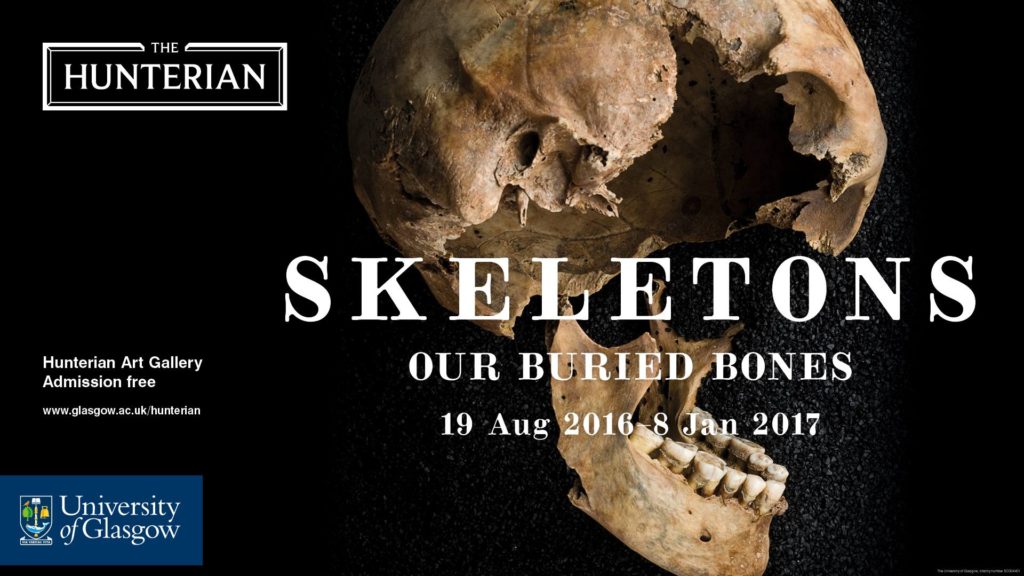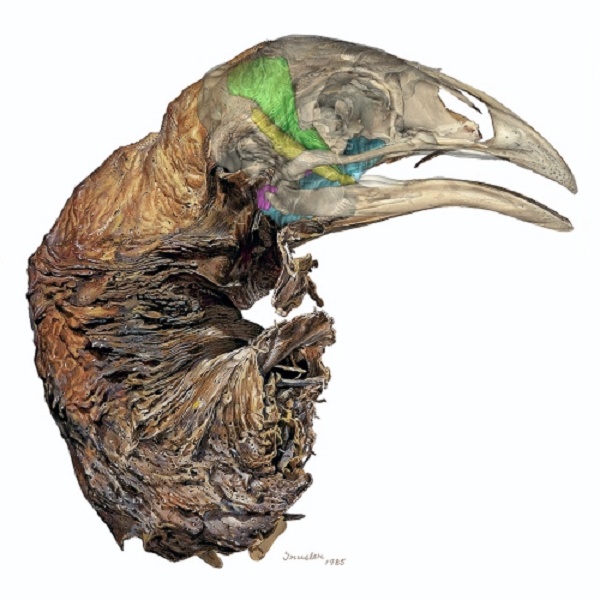The Great London [Search results for travel]
Travel: 'Stonehenge: A Hidden Landscape' at MAMUZ Museum Mistelbach, Austria

Near East: Revelations abound with scanning of Maidstone Museum's mummy

Travel: 'From Ancient to Modern: Archaeology and Aesthetics' at New York University’s Institute for the Study of the Ancient World

Travel: 'Indigenous Australia: Enduring Civilisation' at the British Museum

Scotland: 'Skeletons: Our Buried Bones' at the Hunterian Museum, Glasgow

Exhibitions: Egyptian mummies virtually unwrapped in Australia

Travel: 'Ancient Egypt Transformed: The Middle Kingdom' at Metropolitan Museum of Art, New York

Space Exploration: Venus Express' swansong experiment sheds light on Venus' polar atmosphere

Geology: Signs of ancient mega-tsunami could portend modern hazard

Forensics: Single strain of plague bacteria sparked multiple historical and modern pandemics

Fossils: Ear ossicles of modern humans and Neanderthals: Different shape, similar function

Travel: 'Defining beauty: The body in ancient Greek art' at the British Museum

New Zealand: Medical imaging helps define Moa diet

Travel: 'Beyond Beauty: Transforming the body in ancient Egypt' at Two Temple Place, London

Travel: 'Beyond Caravaggio' at The National Gallery, London

Travel: 'COLOUR: The Art and Science of Illuminated Manuscripts' at The Fitzwilliam Museum, Cambridge

UK: Rare Viking hoard found by detectorist in Oxfordshire

Breaking News: Titan's atmosphere even more Earth-like than previously thought

More Stuff: 'A dream among splendid ruins...' at the National Archaeological Museum, Athens

Astronomy: Planet found in habitable zone around nearest star
